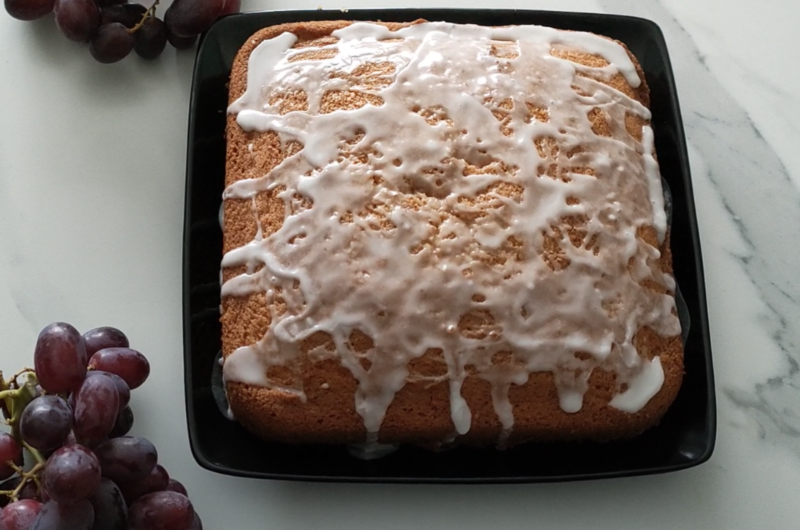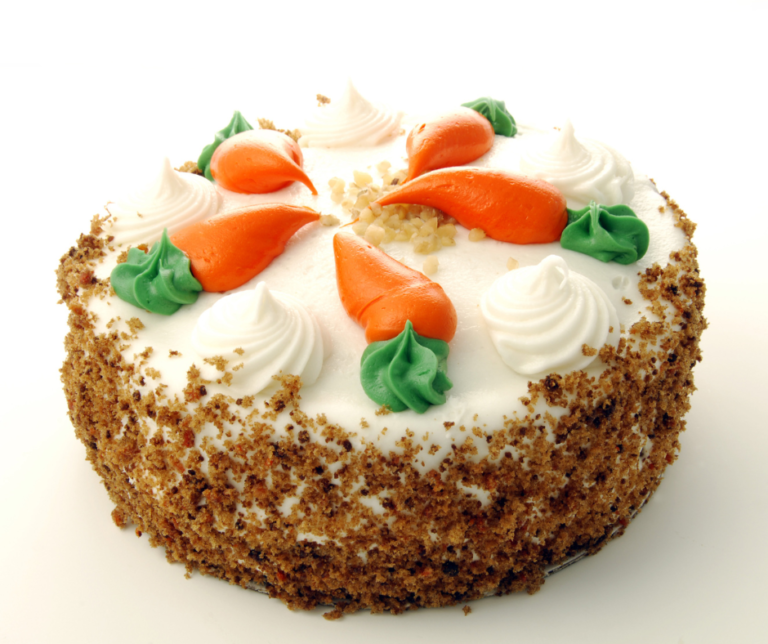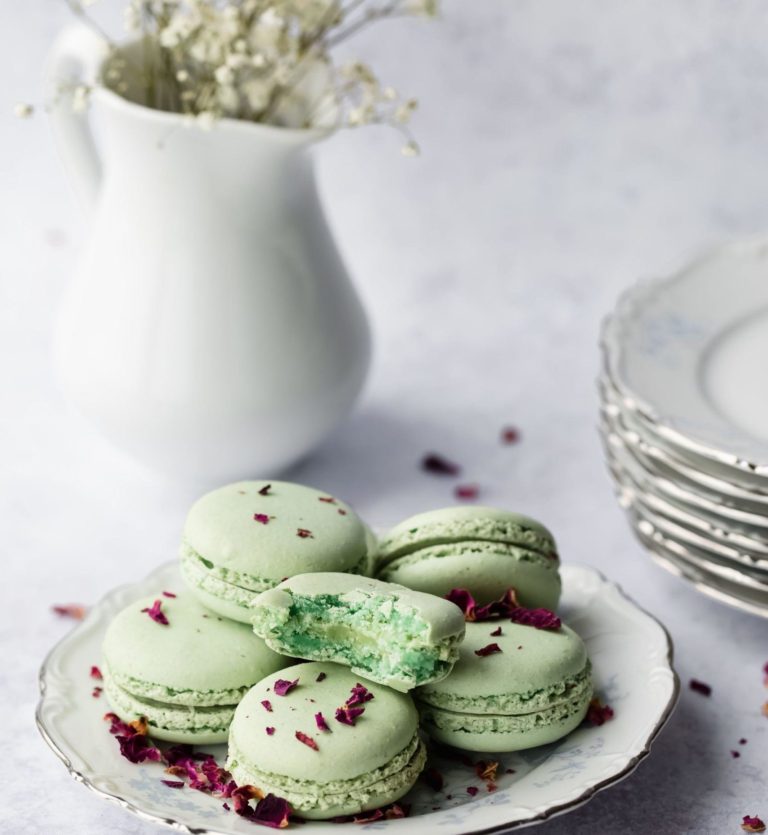How to Make A Simple Lemon Drizzle Cake
The Allure of Lemon Drizzle Cake
Lemon drizzle cake, with its moist texture and vibrant citrus flavor, is a perennial favorite. The combination of tangy lemon syrup soaked into a soft, buttery cake is simply irresistible, making it a staple for afternoon teas and family gatherings alike.
Lemon Drizzle Cake
Course: DessertDifficulty: Easy8 – 10
servings30
minutes50
minutes210
kcalIngredients
225g / 8-Oz Unsalted butter (softened)
225g / 8-Oz caster sugar
225g / 8-Oz self-raising flour
85g / 3-Oz of icing sugar
4 x free range eggs
1 x Lemon
Directions
- Grease a medium baking tray
- add softened butter and caster sugar to mixing bowl
- add the eggs and mix 1 at a time
- add the flour and lemon zest mix well
- pour the cake batter into your baking tray
- preheat the oven to 180c 160c with fan – 356f or gas mark 4
- bake for 50-55 minutes
- mix icing sugar and the lemon juice
- drizzle your lemon icing over the cake
- let icing cool and serve
Recipe Video
Notes
- please watch the video and leave a comment!
- don’t be afraid to experiment. enjoy!
A Brief History of Lemon Cakes
Lemon cakes have a storied history, tracing back to medieval times when lemons were first introduced to Europe. The evolution from simple lemon-flavored cakes to the modern lemon drizzle cake showcases a rich culinary journey, highlighting the enduring appeal of this delightful dessert.
Gathering Ingredients
Essential Ingredients for the Cake
To create a perfect lemon drizzle cake, you’ll need some fundamental ingredients. Start with unsalted butter, granulated sugar, eggs, self-raising flour, and fresh lemons. The quality of your lemons is crucial, as both the zest and juice are pivotal for flavor.
Key Ingredients for the Lemon Drizzle
The drizzle itself requires just two simple ingredients: lemon juice and granulated sugar. This minimalist combination is what infuses the cake with its signature zing, balancing sweetness with a refreshing tartness.
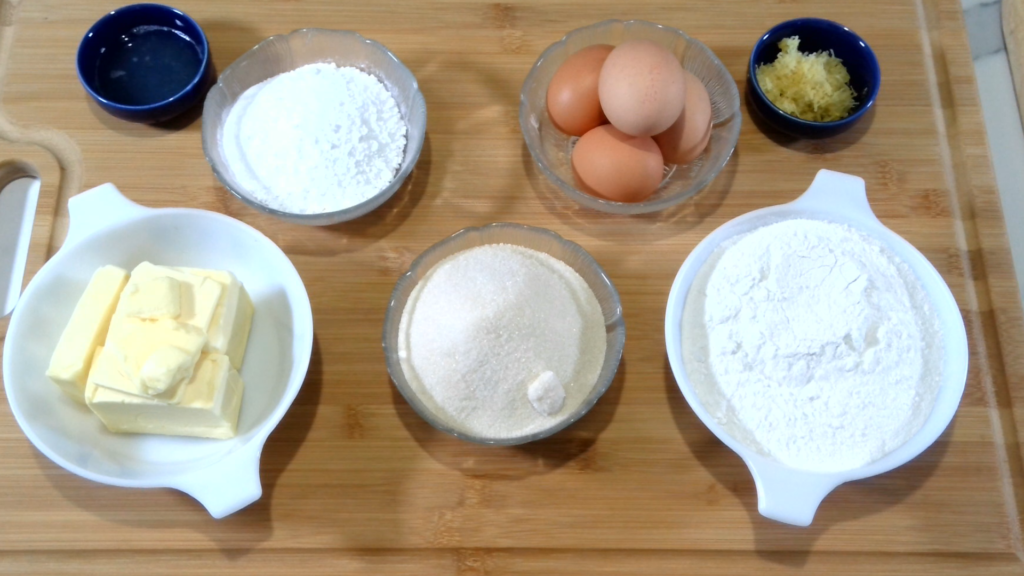
Necessary Equipment
Tools You’ll Need
Gathering the right tools is essential. You’ll need a mixing bowl, electric mixer or wooden spoon, zester, lemon juicer, and a loaf tin or round cake pan. Additionally, a skewer for testing doneness and poking holes for the drizzle is crucial.
Preparing Your Workspace
Before you start, ensure your workspace is clean and organized. Pre-measure your ingredients, grease and line your baking tin with parchment paper, and preheat your oven. This preparation will streamline the baking process.
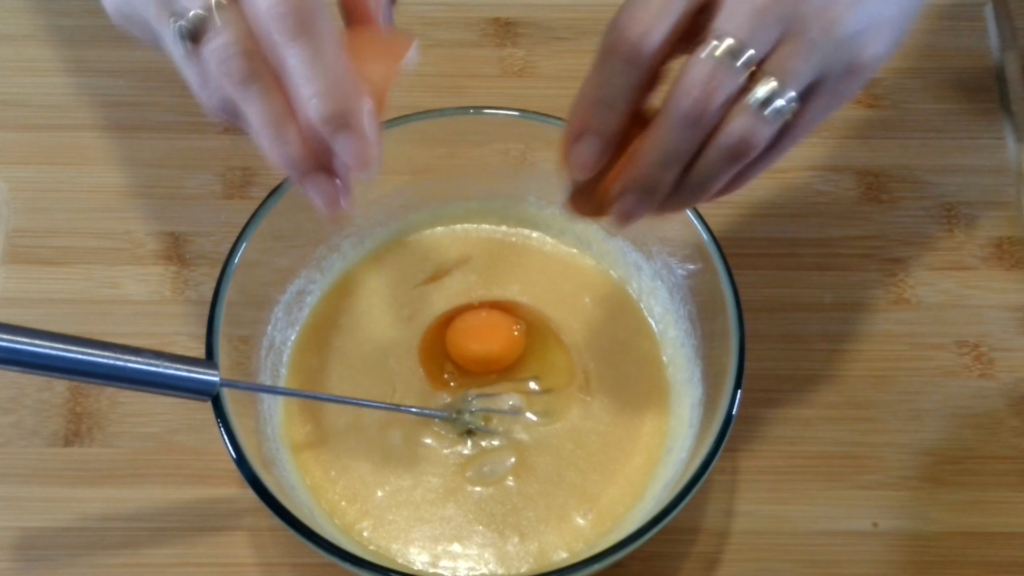
Preparing the Cake Batter
Creaming Butter and Sugar
Begin by creaming together the butter and sugar until the mixture is light and fluffy. This step is fundamental as it incorporates air, contributing to the cake’s soft
texture. Use an electric mixer for efficiency, but a wooden spoon and some elbow grease work just as well.
Incorporating Eggs
Add the eggs one at a time, beating well after each addition. This gradual incorporation helps maintain the batter’s smoothness and prevents curdling. Each egg should be fully blended before the next is added.
Adding Lemon Zest and Juice
Next, grate the zest of two lemons directly into the batter. The zest contains essential oils that provide a concentrated lemon flavor. Squeeze the juice of one lemon and mix it in. This will impart a bright, tangy taste to your cake.
Sifting in Dry Ingredients
Sift the self-raising flour into the batter, folding it in gently to keep the mixture airy. This method ensures an even distribution of flour, preventing lumps and promoting a tender crumb. Mix just until combined to avoid overworking the batter.

Baking the Cake
Preheating the Oven
Preheat your oven to 350°F (175°C). This step is crucial to ensure your cake bakes evenly. An adequately preheated oven sets the cake’s structure from the start.
Pouring Batter into the Tin
Pour the prepared batter into your greased and lined tin, smoothing the top with a spatula. Ensure the batter is evenly spread to promote uniform baking.
Achieving the Perfect Bake
Place the tin in the preheated oven and bake for 40-45 minutes. Check for doneness by inserting a skewer into the center of the cake; it should come out clean. The top should be golden brown, and the sides should slightly pull away from the tin.
Creating the Lemon Drizzle
Mixing Sugar and Lemon Juice
While the cake bakes, prepare the drizzle. In a small bowl, mix the juice of two lemons with granulated sugar until the sugar dissolves. The mixture should be thick enough to coat the back of a spoon but still pourable.
The Ideal Consistency
Aim for a drizzle that is not too watery nor too thick. It should seep into the cake without pooling excessively on top, ensuring every bite is infused with lemony goodness.
Combining Cake and Drizzle
Poking Holes in the Cake
Once the cake is out of the oven and still warm, use a skewer to poke holes all over the top. These holes allow the drizzle to permeate the cake, enhancing its moistness and flavor.
Pouring the Drizzle Over
Slowly pour the lemon drizzle over the cake, letting it soak in. Pour gradually, ensuring the syrup penetrates the holes and spreads evenly across the surface.
Cooling and Setting
Allowing the Cake to Cool
Let the cake cool in the tin for about 15 minutes. This initial cooling helps the cake set and absorb the drizzle fully.
Ensuring the Drizzle Sets Properly
After the initial cooling, transfer the cake to a wire rack to cool completely. This step is important for the drizzle to set properly, creating a slight crunch on top.
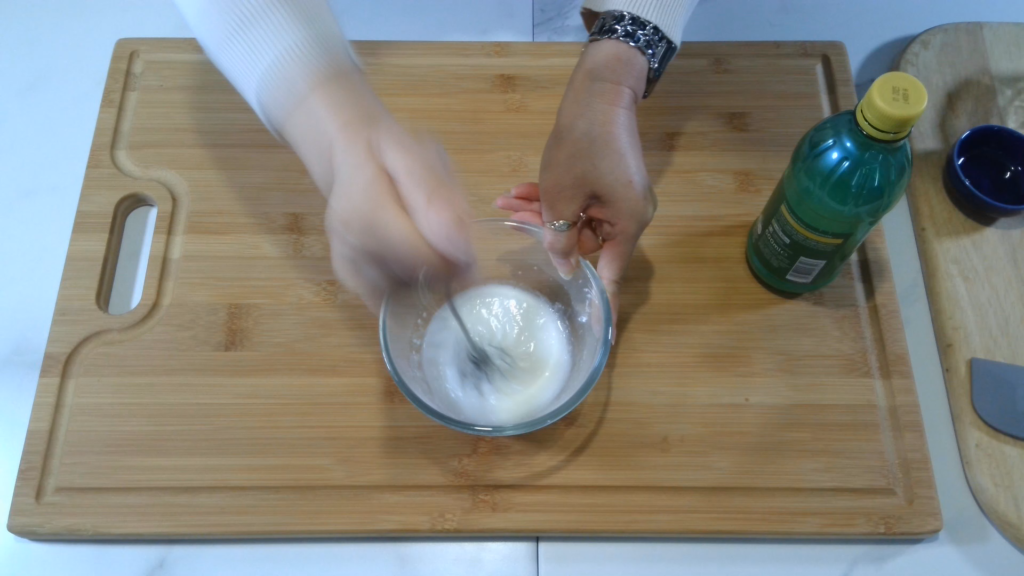
Serving Suggestions
Cutting the Perfect Slice
For the best presentation, use a sharp knife to cut the cake into even slices. Wipe the knife between cuts to keep the slices neat.
Pairing with Beverages
Lemon drizzle cake pairs beautifully with a variety of beverages. A cup of Earl Grey tea, with its citrusy notes, complements the cake’s flavor. Alternatively, a glass of chilled Prosecco adds a celebratory touch.
Variations and Additions
Adding Poppy Seeds or Herbs
For a twist, consider adding poppy seeds to the batter for a subtle crunch. Fresh herbs like thyme or basil can also introduce a unique aromatic element.
Using Alternative Flours
Experiment with different flours, such as almond or whole wheat, to vary the texture and nutritional profile. Each type of flour brings a distinct character to the cake.
Troubleshooting Common Issues
Dealing with a Soggy Bottom
A soggy bottom can result from underbaking. Ensure your cake is fully baked by checking with a skewer. Also, avoid letting the cake sit in the tin for too long after baking.
Preventing a Dry Cake
Overbaking or too much flour can lead to a dry cake. Measure your ingredients accurately and check for doneness promptly.

Storing and Preserving
Best Practices for Storage
Store your lemon drizzle cake in an airtight container at room temperature for up to three days. This will maintain its moisture and freshness.
Freezing for Longevity
For longer preservation, wrap the cake tightly in plastic wrap and foil, then freeze. It can be stored in the freezer for up to three months. Thaw it at room temperature before serving.
Recapping the Process
Making a lemon drizzle cake involves a series of precise steps, from preparing the batter to pouring the perfect drizzle. Each step is crucial for achieving that ideal balance of moistness and flavor.
Encouraging Experimentation
Don’t be afraid to experiment with flavors and ingredients. The classic lemon drizzle cake is a versatile canvas for your creativity. Happy baking!


